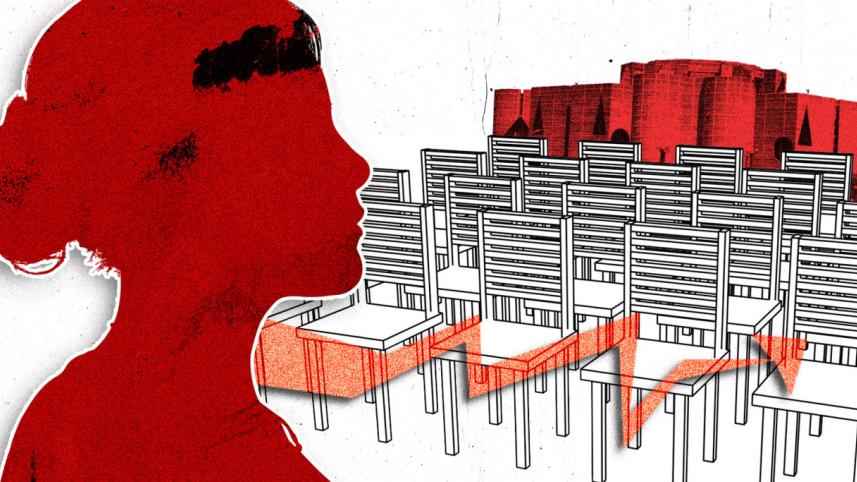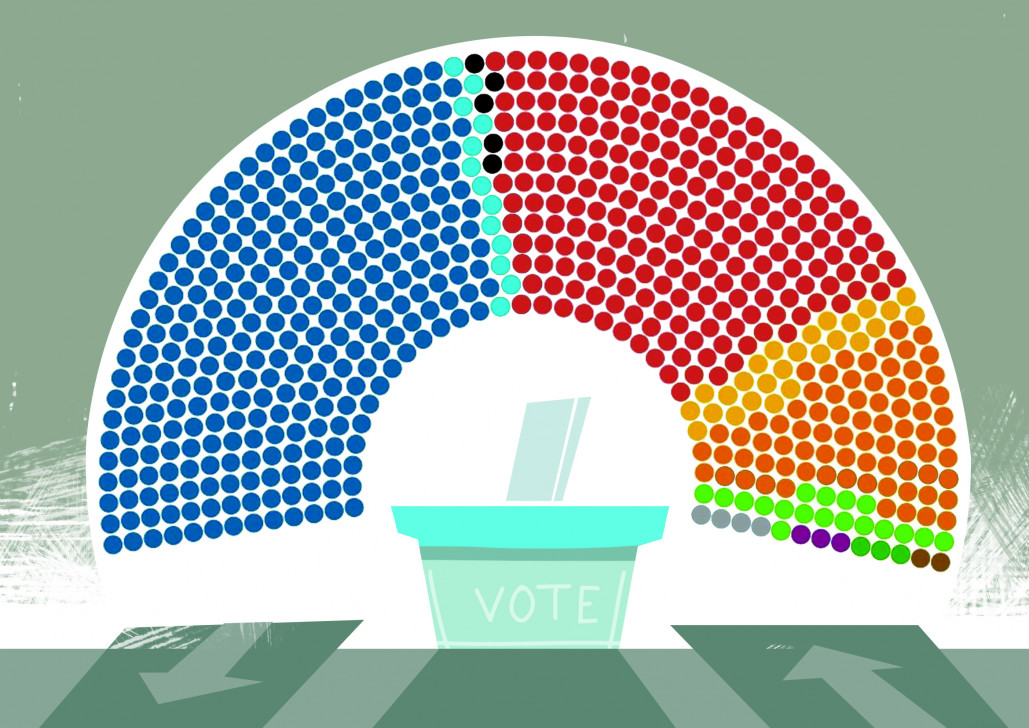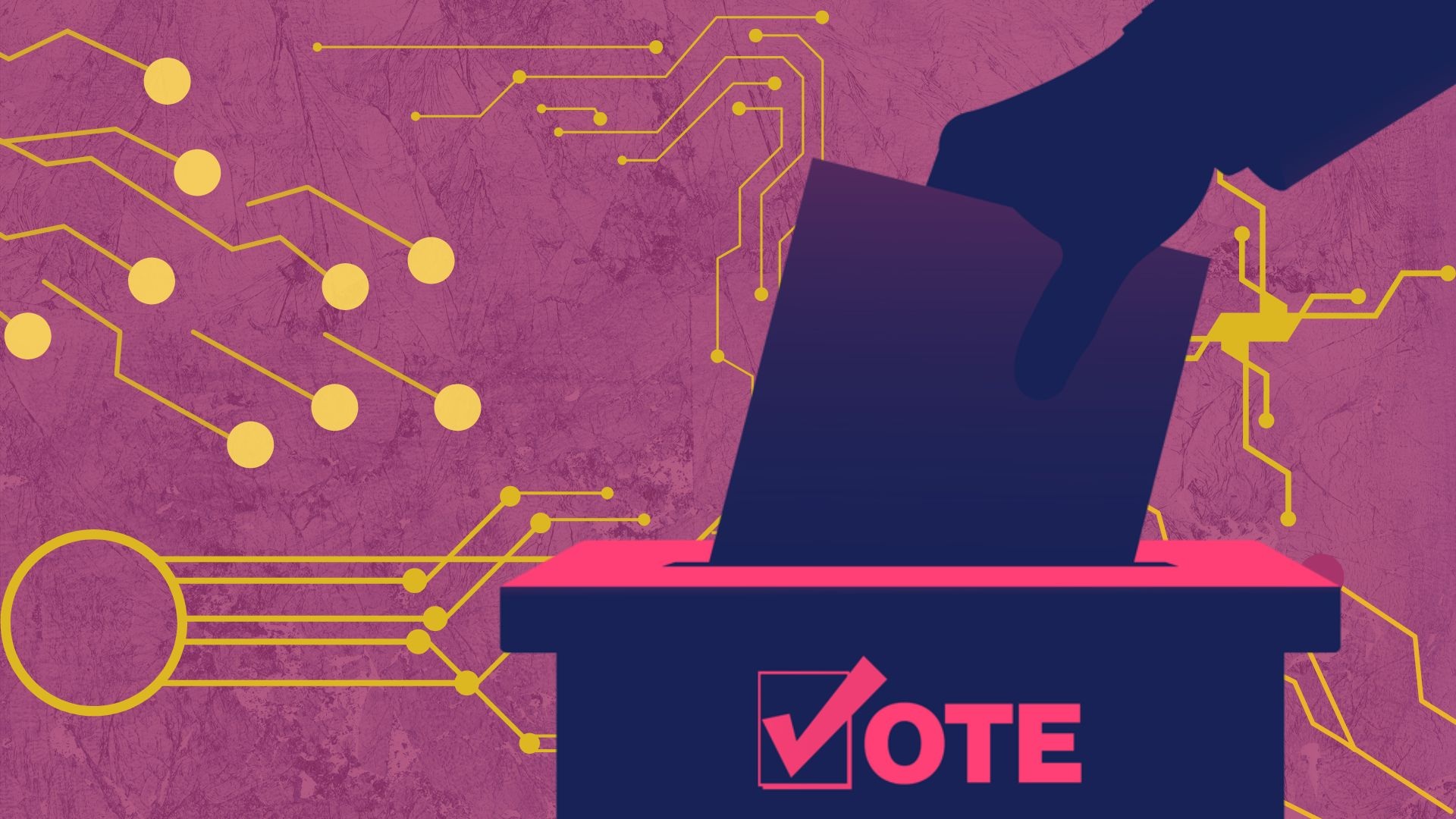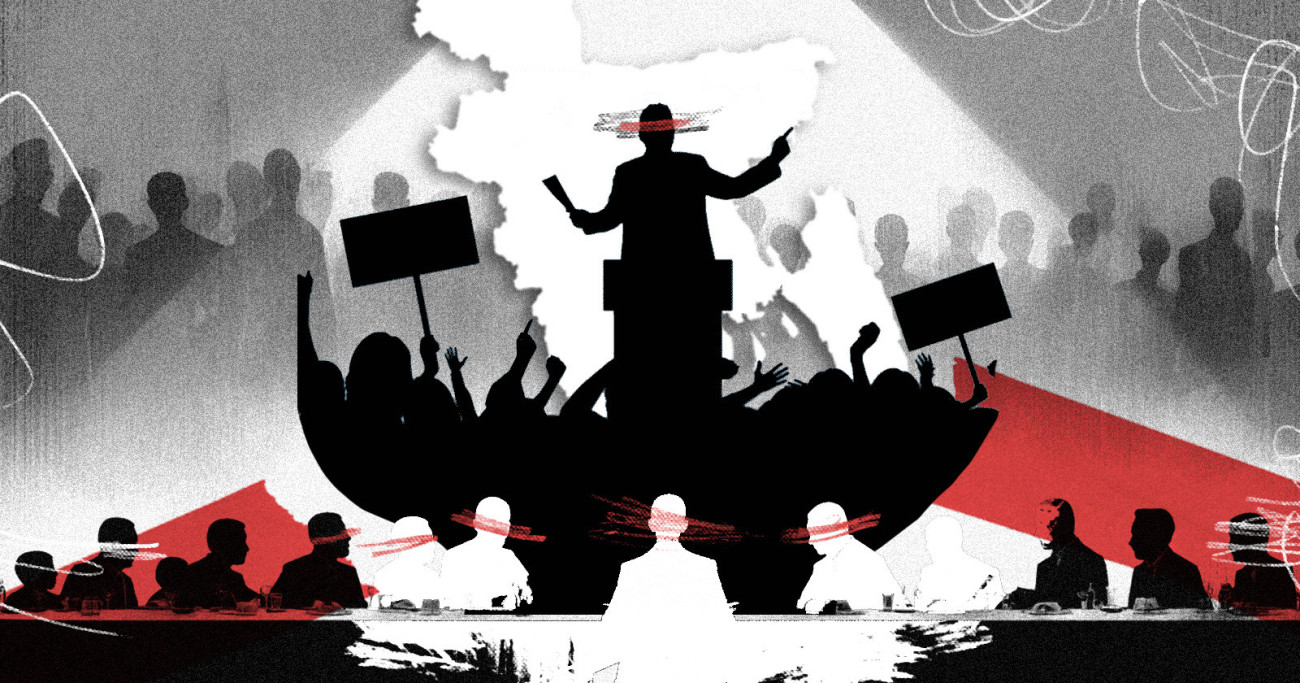Could women voters decide the 2026 election?

During my recent travel to Cox's Bazar, I asked two women farmers at a training centre, "Will you vote?" Both smiled and said yes, but neither disclosed who they would vote for. The results of the latest poll survey by Innovision Consulting, especially data focusing on women, prompted me to ask this question. According to the March 2025 survey report by Innovision, about 62 percent of 10,696 respondents said they had already made up their minds about voting. Among women, however, the figure was lower at only 57 percent. More than a third had not decided, and another nine percent preferred not to say.
Nearly six months later, a September 2025 follow-up survey found that overall decisiveness had declined slightly to 57.8 percent, but for women it fell further, to 51.6 percent. Undecided women rose to nearly 38 percent, with refusals nudging up to 10.6 percent. In short, the pool of undecided and silent women has expanded over six months.
When compared with men, the contrast is even sharper. In September, men were significantly more decisive than women. Asked why they were undecided, 23.1 percent of women said they were not even thinking about the election. These numbers present more than just statistics: women disproportionately constitute the swing vote. Yet, political parties do not yet appear to have adjusted their messages and strategies to reflect this reality.
Why the number matters
Historically, Bangladeshi women have balanced multiple roles: supporting families, managing households, working outside the home, and caring for children. Their daily realities revolve around access to essentials, safety and security, children's education, care work, and economic independence. These are not just "generic" concerns. Another Innovision survey report revealed that issues such as inflation, jobs, education, and healthcare—ranked as top national concerns—disproportionately affect women. Housewives, in particular, are on the frontlines of managing rising household costs, arranging children's education, and ensuring family health.
This is why we need to view women's votes distinctly from men's. Their concerns and lived realities diverge, and their hesitation in deciding whom to vote for is partly rooted in their distance from political discourse. A large number of female respondents identified as housewives, and overall, women were less engaged in political conversations. Their indecision does not signal apathy; rather, it reflects a lack of recognition of their priorities.
Women's indecision signals both caution and opportunity. Their hesitation often stems from real-world constraints, particularly in rural households, where expressing political opinions in front of family or neighbours can be sensitive. In urban areas, younger women and students weigh party performance and policy promises. Campaigns must therefore engage women safely, respectfully, and meaningfully—recognising their care responsibilities, work, and financial autonomy. Election administrators also have a role here: ensuring safe polling sites, childcare, transport, and gender-sensitive staff to encourage female participation.
Shifts in party support
Looking at the revealed preferences, March's survey showed BNP at 41.7 percent, Jamaat at 31.6 percent, and Awami League (AL) around 14 percent. By September, AL had risen to nearly 19 percent, BNP remained roughly the same, and Jamaat dipped slightly. The National Citizen Party (NCP) held 4.1 percent of the revealed vote share. While these figures suggest a competitive landscape, the true story lies in the undecided voters—a significant proportion of whom are women.
A recent illustration of women's voting behaviour can be seen in the student elections at Dhaka University Central Students' Union (DUCSU) and Jahangirnagar University Central Students' Union (JACSU). The results of these much-discussed elections, where Jamaat's student wing gained considerable ground, indicate that women students vote more cautiously and take longer to decide than their male peers. While turnout among female students has been strong, their choices often prioritise integrity, inclusivity, and issue-based leadership over strict party allegiance. This potentially portends national trends in which women are less likely to decide early and to weigh practical, everyday concerns more heavily than ideological ones. Whether on campuses or at the national level, women's votes are decisive and demand that parties engage with their priorities thoughtfully rather than assuming uniformity with men.
The comparison of the March and September polls makes one thing clear: women are not merely undecided; they are uniquely positioned to decide.
Women's swing vote potential is greater than men's. They are cautious, observant, and deliberate in their choices. Parties that genuinely listen to, respect, and engage women—addressing daily essentials, law and order, children's needs, and economic opportunities—will not only benefit from a positive outcome in the election but also shape the future of Bangladesh's democracy.
Across South Asia, women voters have steadily grown into decisive electoral actors. In India, the gender gap in turnout has not only closed but, in many states, women now outvote men, shaping outcomes through welfare schemes tied to daily life such as cooking gas, rations, and housing. Nepal and Sri Lanka show relatively high turnout but limited representation, with women's influence concentrated at the ballot rather than in leadership.
If women voted exactly like men, their late decisions might matter less. But the data shows they do not. Women are more hesitant, less politically engaged, and carry different burdens in everyday life. Their distinct concerns will guide their choices. This makes them not only the majority of the undecided but the single most important group for any party hoping to win in the upcoming national election.
Tasmiah T Rahman works at Innovision Consulting and is pursuing a joint PhD programme between SOAS University of London and BRAC University on the political economy of development.
Views expressed in this article are the author's own.
Follow The Daily Star Opinion on Facebook for the latest opinions, commentaries and analyses by experts and professionals. To contribute your article or letter to The Daily Star Opinion, see our guidelines for submission.

 For all latest news, follow The Daily Star's Google News channel.
For all latest news, follow The Daily Star's Google News channel. 


Comments